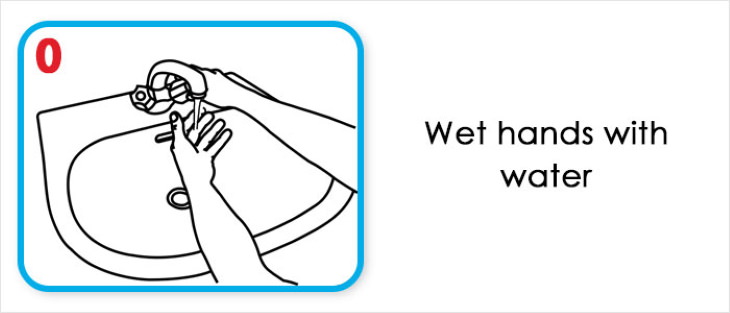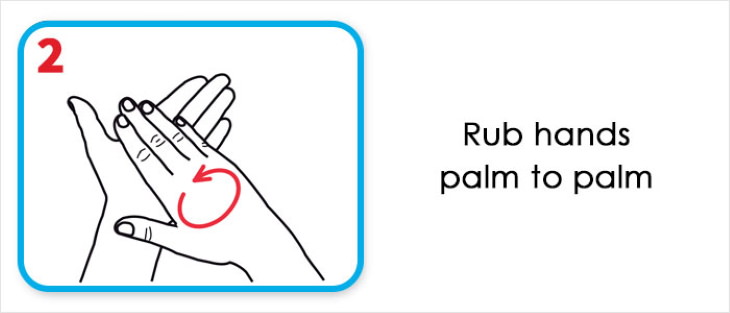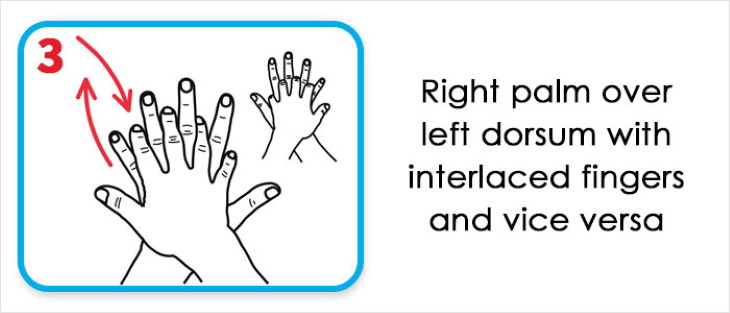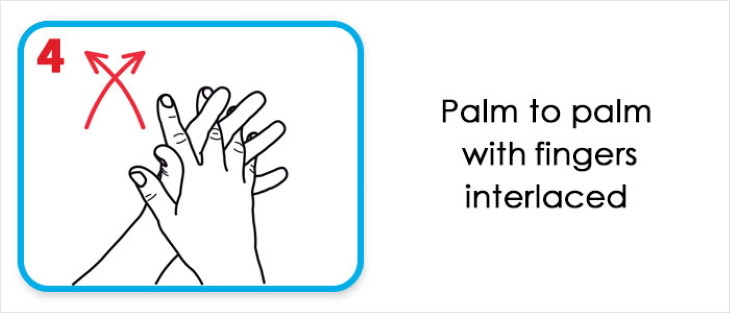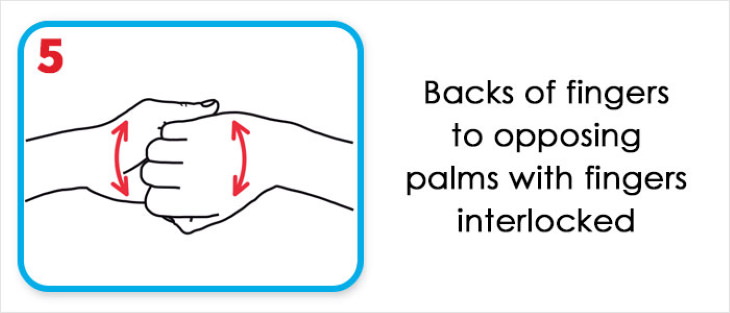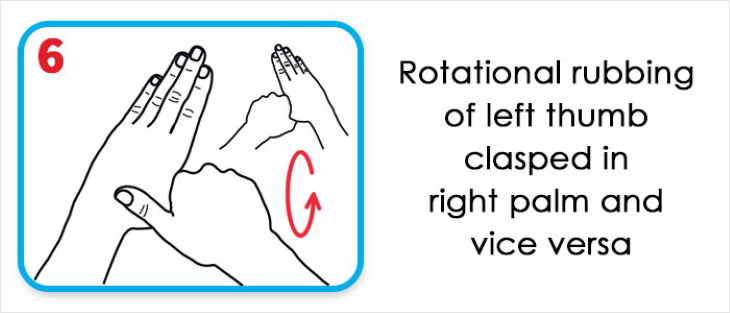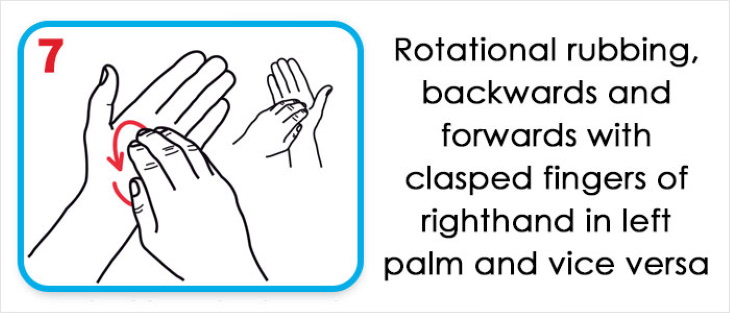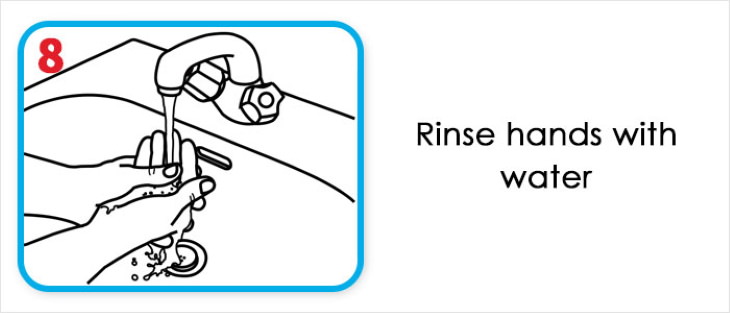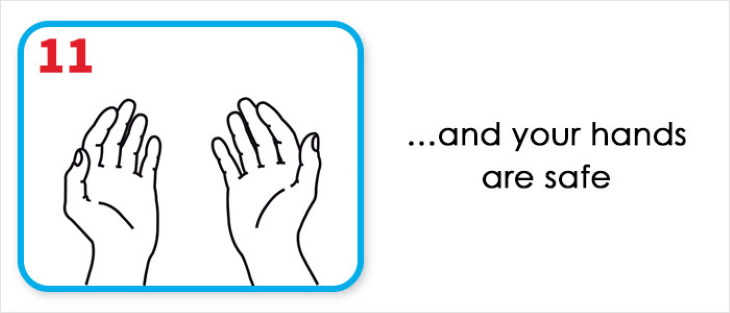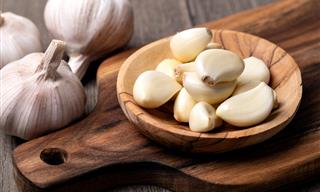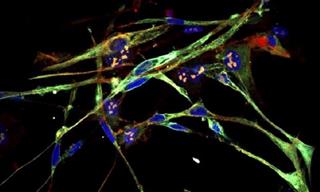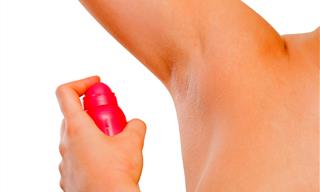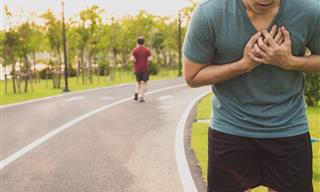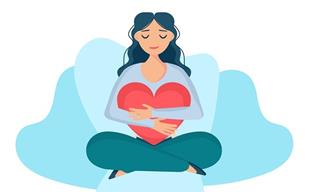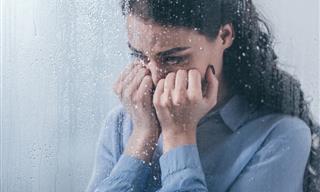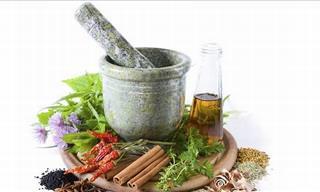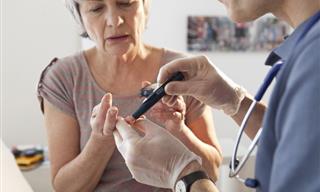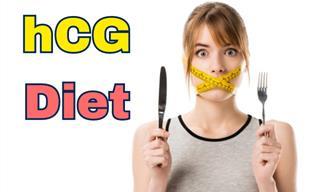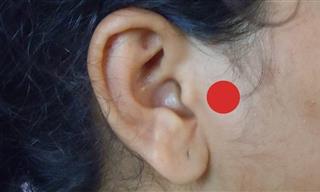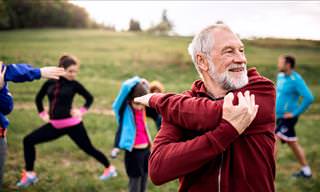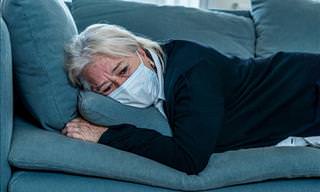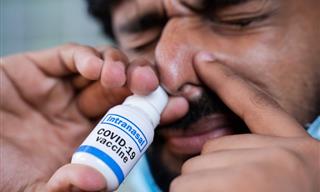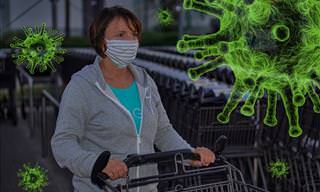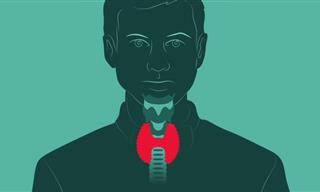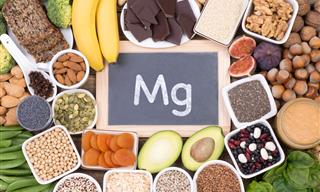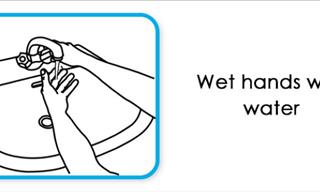Nearly every article on the flu or any other viral infection we’ve encountered inevitably points out that proper hand-washing is one of the best ways of preventing a disease that spreads through the air. In fact, by washing your hands correctly and frequently, you’re able to significantly cut down the risk of spreading both respiratory infections and gastrointestinal diseases. But what is ‘proper hand-washing’, and are you doing it effectively enough? The World Health Organization (WHO) published its guidelines to washing hands, arguing that this simple, yet very powerful change in your lifestyle may be able to protect you from infectious diseases, be it salmonella, the flu, or other dangerous viruses.
The WHO recommends washing your hands with soap and running water as frequently as you can, and especially after you come in contact with patients suffering from infectious diseases, using public transportation and spending long periods of time in public spaces, as well as after using the bathroom. Other times when it is necessary to wash your hands are:
- Before and after cooking, especially when handling raw food
- After changing baby diapers
- Before eating
- After working in the garden or handling trash
- After playing with animals
- After using a handkerchief.
Here is a step by step guide to proper hand-washing:
Doctors recommend washing your hands around 10 times a day.
It is important to wash your hands with running water and soap and minimize the times when you're using hand sanitizer, as the latter cannot clean the hands well enough and protect you from infectious disease, and it has a few other drawbacks, too. However, if you don't have access to running water, hand sanitizer is a good temporary way to clean your hands, at least partially.
Another point to keep in mind is that antibacterial soap doesn't offer any additional benefits compared to regular soap.
Make sure to take care of your hands in general, as hand-washing is only one step in general hand hygiene. Moisturizing is likewise important, as it can help seal the small cuts and cracks in the skin. Here are a few other hand hygiene tips that can help protect you from infectious diseases:
- Apply hand cream 3-4 times a day, especially during cold season.
- Use gloves when cleaning dishes and gardening.
- Consult a doctor if the skin on your hands is dry, cracking, or bleeding.
As mentioned before, these tips are especially important to follow during cold and flu season when you're more likely to be in contact with respiratory infections. We hope you found this information was helpful and recommend to also watch the video demonstrating the above-mentioned hand-washing technique.
 Go to BabaMail
Go to BabaMail


